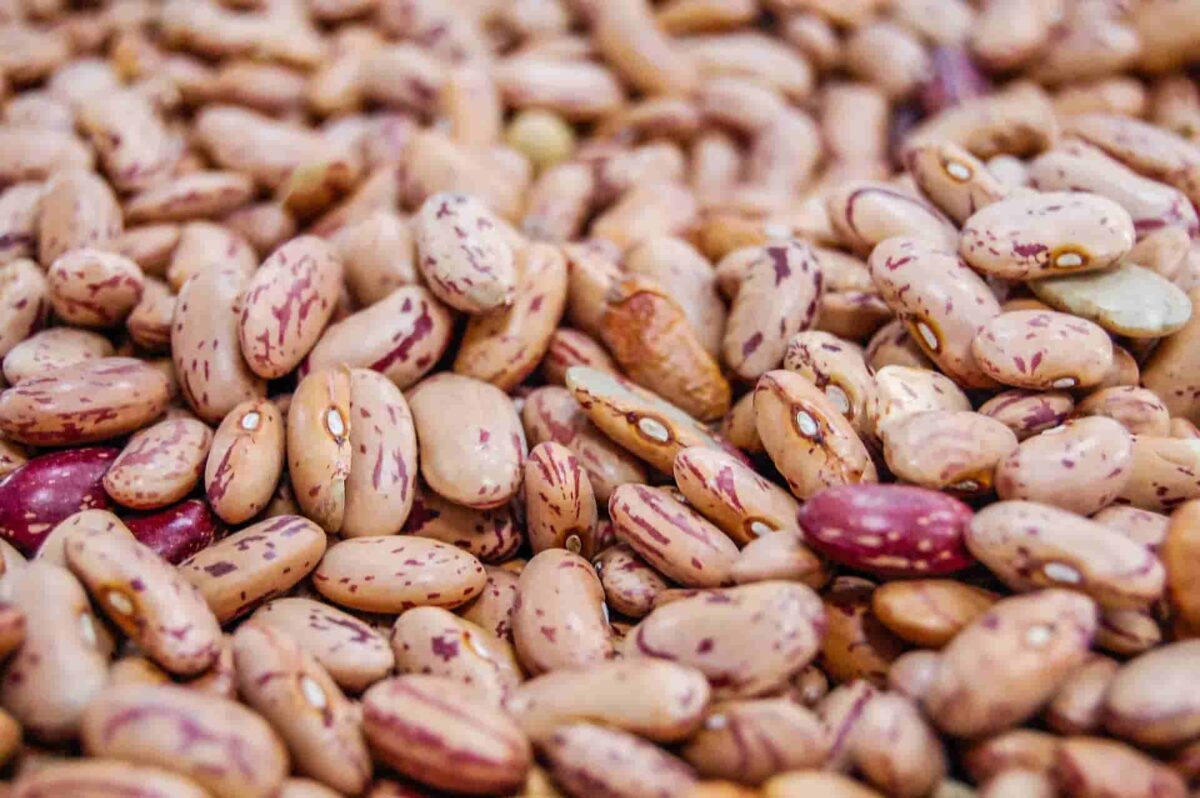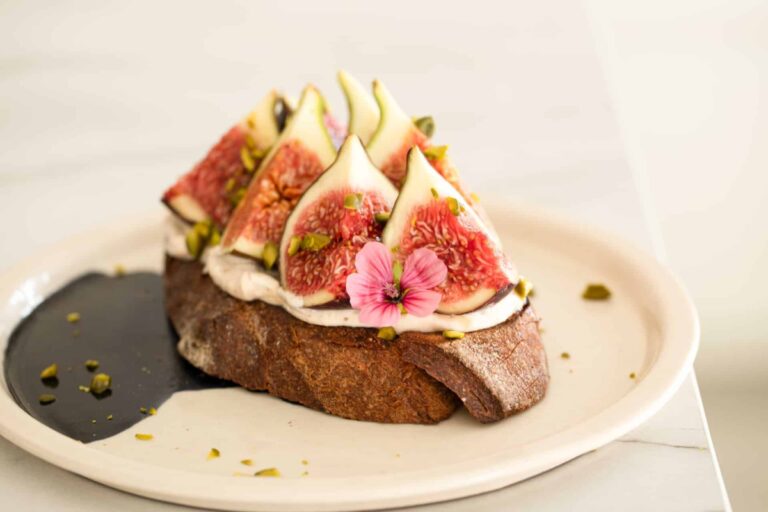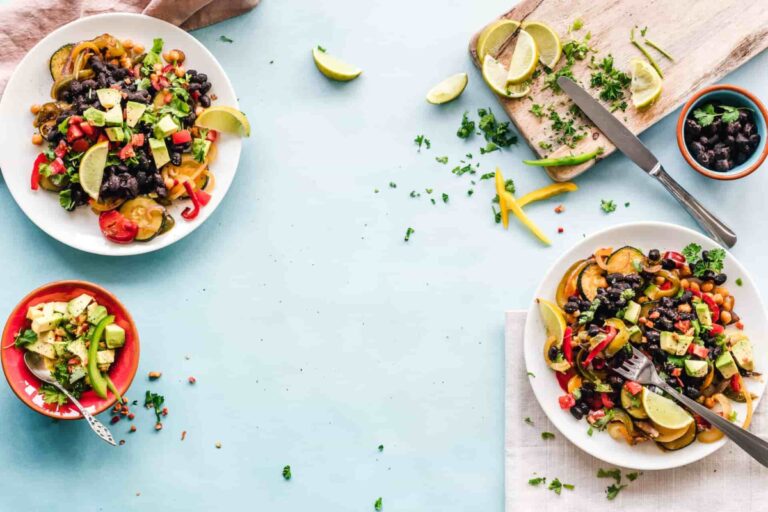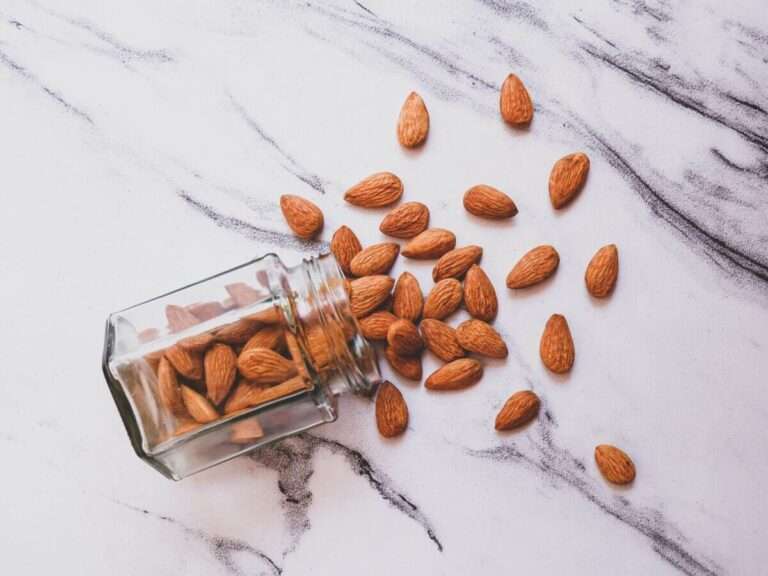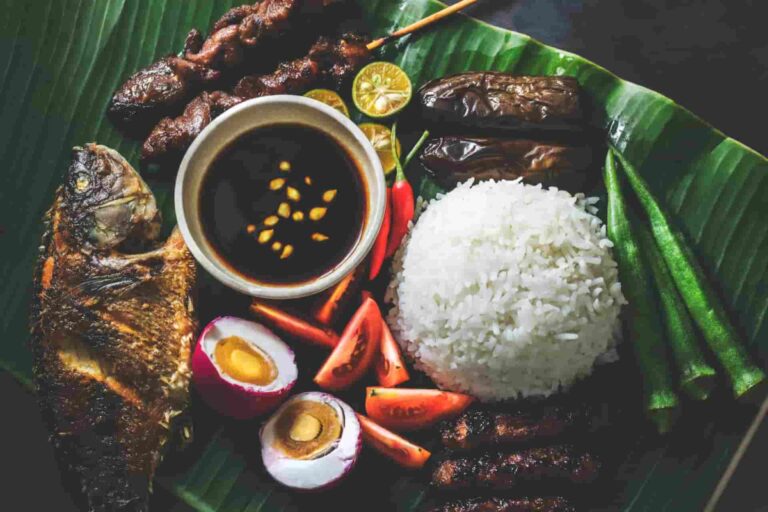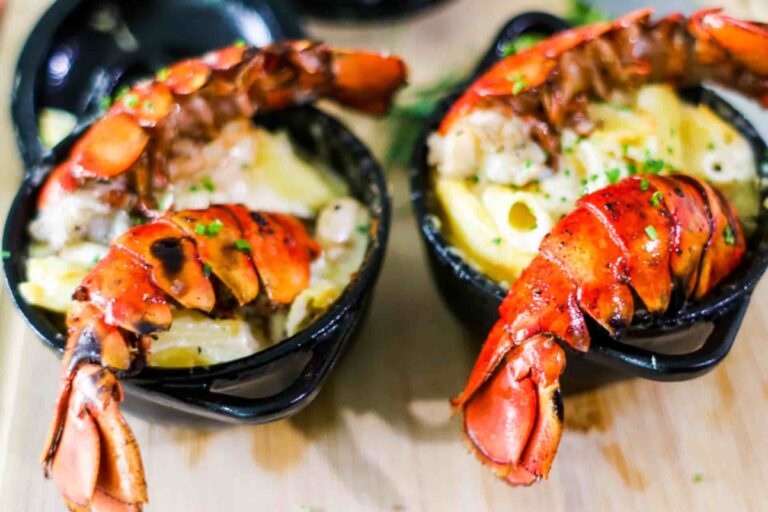Pinto beans 101-kitchen insights and benefits
Did you know that pinto beans are one of the dry beans that are considered to be among the most attractive in the United States, Mexico, and Brazil?
- Pinto beans are most often seen in the cuisine of the South of the United States, notably in Tex-Mex dishes. This is the bean that is most often found in burritos and is known as “Refried Beans” in the United States. Burritos are a common food item in the United States. In the state of Texas, people sometimes refer to them as “Cowboy Beans.”
- Pythagoras, a Greek philosopher and mathematician who lived in the sixth century B.C., had a strong philosophical distaste for beans. According to the accounts of certain historians, his dislike stemmed from the notion that legumes housed the souls of the recently deceased.
- There are many types of pinto beans, such as ‘Burke,’ ‘Hidatsa,’ and ‘Othello.’ The red variant of the pinto bean known as the alubia pinta alavesa, also known as the “Alavese pinto bean,” is said to have originated in the town of Aana, which is situated in the municipality of lava in the province of lava in the Basque Country in northern Spain. Throughout the month of October, the city of Pobes hosts the Feria de la alubia pinta alavesa, often known as the Alavese pinto bean fair.
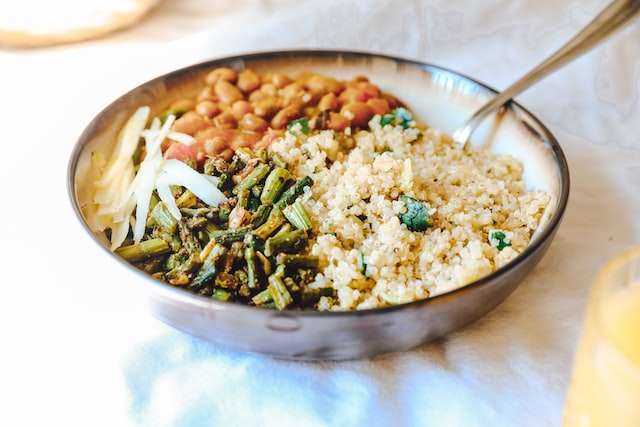
Pinto beans nutrition values and health benefits
- The nutritional value of pinto beans cannot be overstated. If you follow a diet that consists of 2,000 calories per day, eating one cup of pinto beans will provide you with 74% of the daily recommended dose of folate that you should have. Folate, which is a kind of vitamin B, contributes to an increase in the creation of red blood cells and offers additional advantages to one’s health. In addition, you will get 36% of the daily required intake of phosphorus, in addition to 33% of the daily recommended intake of manganese, a vitamin that improves the health of the neurological system and the brain.
- Since they are so widely eaten in many parts of the globe, experts in the field of nutrition have spent years examining legumes like pinto beans. According to the findings of several studies, increasing the amount of beans you eat may provide some health advantages.
- According to the findings of an investigation into the nutritional qualities of legumes that was published in the journal Obesity Reviews, “replacing energy-dense foods with legumes has been shown to have beneficial effects on the prevention and management of obesity and related disorders, such as cardiovascular disease, diabetes, and the metabolic syndrome.”
- People who consumed more flavonoids, which are a type of antioxidant that can be found in pinto beans and other types of beans, fruits, and vegetables, had a lower risk of passing away as a result of cardiovascular disease, according to the findings of one study that focused specifically on this condition. This was true even in those whose consumption of flavonoids was on the low end of the spectrum.
- The complex carbohydrates that may be found in pinto beans are beneficial to one’s health. A single serving of pinto beans has an impressive amount of starch—nearly 30 grammes worth. A rapid source of energy for the body is provided by carbohydrates in the form of starch. Are moreover an excellent source of fibre (15 grammes per cup). Fiber is beneficial for maintaining normal blood sugar levels, increasing satiety, and enhancing digestive health.
- There are a hefty 15 grammes of protein included in each portion of pinto beans. Pinto beans, on the other hand, are not included in the category of complete proteins. Complete proteins are those that include all of the required amino acids. Because the body is unable to produce these amino acids, they must be obtained from the food. On a plant-based diet, in addition to eating whole grains, you will need to eat nuts and seeds in order to ensure that you obtain all of the important amino acids that your body needs each day.
- Like peanuts and soybeans, pinto beans are classified as a kind of legume, making them one of the top eight most allergenic foods. If you are allergic to peanuts or soy, it does not necessarily follow that you will also be allergic to other legumes, but you should still exercise care because of the possibility. Consult your healthcare practitioner if you have any reason to believe that you may be allergic to pinto beans or any other legumes in order to get an accurate diagnosis.
- Antinutrients are a popular term used to describe chemical compounds that inhibit the body’s ability to absorb nutrients. These substances can be found in every plant, but the only way to experience their effects is to ingest them in very high amounts. When taken in the amounts that are typically consumed in pinto beans, the effects are insignificant.
- Also, despite the fact that some customers are worried about antinutrients in grains and legumes, these compounds may be considerably decreased by soaking and boiling the beans in the suitable manner. Thus, you should not be too concerned about these chemicals so long as you do not have a disease that may be affected by them (like anaemia caused by a lack of iron, for example). In addition, the process of boiling beans really boosts the antioxidant capacity and content of the beans.
100g of pinto beans has 347 calories (1457kj), 21g protein, 1.2g fat, and 63g carbs, including 16g fibre.
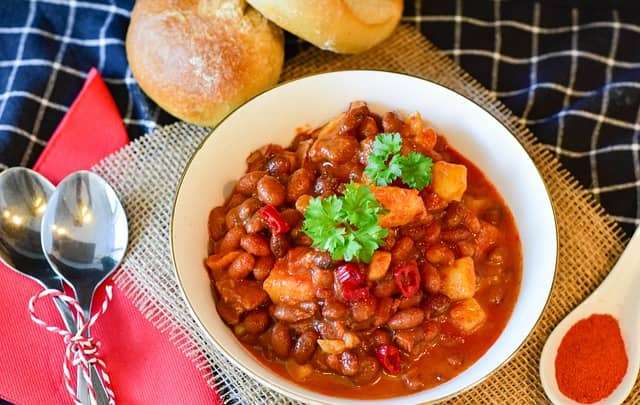
How to store pinto beans and how to buy them
- Pinto dry beans can not truly go bad or expire as long as they are properly kept; nonetheless, the quality of these beans will not remain the same forever. After a few years, you may find that they do not have the same delicious flavour, and after around five years, the majority of the vitamin content has been depleted. If you are not as concerned about the vitamins, you may store them for many more years without any risk to your health, and you can continue to consume them.
- Sadly, you will not know for sure if the quality of your beans is satisfactory until after you have soaked and cooked them. To our great fortune, beans that are at least five years old may still be consumed, and they can be baked into a delectable dish.
- Pinto Beans that have been dried may be kept for a long time if they are kept in a location that is cool, dark, and dry. For that reason, a deep, dark cabinet in the kitchen or pantry is an excellent choice. Make sure they are hermetically sealed so that they are not exposed to any insects or dampness.
- They do not really need all that much space for storing things. You simply need to remember to store them in a location that is cold, dark, and dry just as you would with other dried food such as dried lentils, dried chickpeas, or dried pasta.
- The majority of the time, dried beans are offered for sale in bulk quantities. In most cases, it is OK to keep them in the plastic bag in their current state, particularly if you anticipate using them within a few months or maybe even a year. A freezer bag or an airtight container are going to be your best bets when it comes to long-term food preservation.
- You may get extra credit if you hoover seal the bag or container or place an oxygen absorber inside the bag or container. Nevertheless, this only makes sense if you want to keep the beans for an extended period of time, such as ten years or more.
- Throw away your dry beans if any of the following conditions are met:
- The bag or containers contain pantry bugs. The beans are a lost cause if you detect any weevils or other insects or pests, whether they are dead or alive.
- The bean odour is unpleasant. If the box smells rotten, foul, or otherwise odd in any manner, it is very necessary to replace it.
- The container is contaminated with mould. It does not happen very often, but if it does, you already know what to do in such situation.
- Last, but certainly not least, let us discuss the quality of the beans. It is possible that some of the beans in the jar have shrunk or become a different colour. Before beginning to soak the remaining beans, sort them thoroughly and get rid of those that are damaged.
- The exposure of beans to light causes them to gradually lose their colour. To put it another way, the fact that they have lost some of their colour does not in any way indicate that they are ruined.
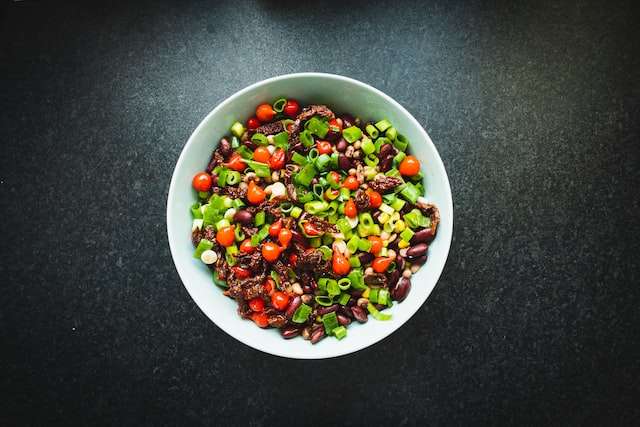
Cooking techniques, secrets, and tips from the kitchen
- Pinto beans are tiny, adaptable legumes that are often used in traditional Mexican cuisine, such as in burritos, tacos, and tostadas. The word “speckled” comes from the Spanish word “pinto,” which refers to the reddish-brown dots that are seen on these beige-coloured beans. Pinto beans are a nutritious powerhouse that are particularly popular among vegetarians and vegans due to the fact that they are a fantastic source of protein.
- If you make pinto beans using dried beans rather than canned beans, you will notice a significant improvement in flavour.
- Before you boil the dry beans, it is best to soak them in cold water for a few hours or overnight for the best flavour and texture possible.
- This cuts down on the amount of time needed to boil the beans, helps to keep the beans looking lovely and whole, and contributes to the prevention of any negative side effects that may be brought on by ingesting a significant quantity of beans.
- If you do not have a lot of time, you might try the quick soak method an hour before you begin the process.
- This is a good option to use when you are not too concerned with how the beans will come out in the end product, such as when making refried beans or bean dip, for example.
- Pinto beans that have been canned are a convenient, tasty option that may be used in place of dried pinto beans in any recipe. It is important to eliminate any extra water from the beans that you want to use in a dish by giving them a thorough washing and then allowing them to drain. After cooking, any beans that are not completely consumed should be placed in an airtight container and refrigerated with a little amount of liquid to keep them from drying out. Once removing all of the liquid, beans may be kept in the refrigerator for up to four days, or they can be frozen for up to one month. All of these storage methods are recommended.
- One of the most popular dishes in the South, pinto beans with ham are often accompanied with cornbread. They are the perfect meal to bring to a potluck since they go great with fried chicken, tacos or burritos, and barbeque. Beans may be made more meatier by using additional chopped ham in addition to the ham hock, which imparts flavour to the beans and makes the meal substantial enough to be served on its own. Due to the fact that the beans need soaking, you will want to get started on this meal an adequate amount of time in advance; this will ensure that the end product is lovely and moist.
- Pinto beans are synonymous with beans in Texas since the Lone Star state produces a significant amount of pinto beans. But, these beans are much more than simply plain old beans. They are the ideal one-pot meal that can be prepared slowly over the course of a few hours, culminating in a pot of Texas cowboy pinto beans that you will adore savouring and eating. The beans are prepared by cooking them with barbecue sauce and brisket burned ends, which are the leftover pieces of brisket that are sometimes regarded as an acquired taste. These Texan cowboy beans are strong enough to be eaten on their own, but they also make an excellent accompaniment to smoked brisket when combined with coleslaw and mac & cheese.
- The traditional Mexican side dish known as refried beans, also known as frijoles refritos or just frijoles in Spanish, is packed with protein and is cooked with pinto beans, lard, onions, and garlic. Traditional ingredients include lard or bacon drippings; however, if you absolutely have to eliminate the fat, you may do so by adding a little bit extra chicken broth in order to get the desired consistency. A concentrated broth made from vegetables may alternatively be used in place of the chicken broth.
- Pinto beans are delicious when combined with a wide variety of other foods and seasonings, such as avocado, bacon, chilli, coriander, garlic, cumin, sharp cheese, pork, red peppers, and tomato, to name just a few of the options. Pinto beans are delicious when combined with a wide range of different sauces and spices.
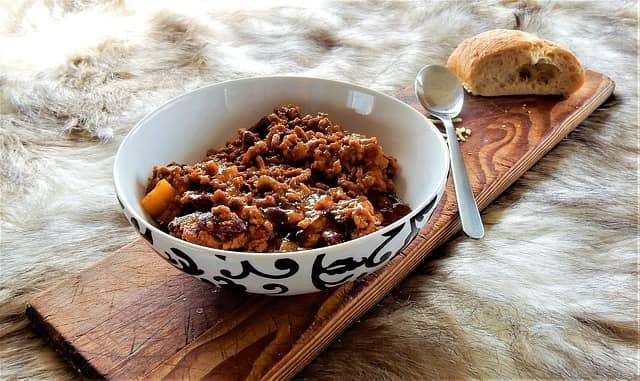
History of pinto beans from the beginning until today
- By 5000 BC, people in South America were already growing their own beans in their own gardens. At least two distinct groups of individuals are thought to have begun cultivating beans independently of one another. This theory is supported by the available evidence. Farmers in the Norte Chico area of South America began cultivating a kind of bean that was straightforward to gather due to the fact that it grew on bushes rather than in soil.
- Beans, namely pinto beans, are often used in the cuisine of Brazil. Alongside other starch-rich foods such as rice, manioc, pasta, and other goods based on wheat, polenta, and other goods based on corn, potatoes, and yams, legumes, most notably the common bean, have been cultivated in this country since 3000 BC and are considered a staple meal throughout the entire country. In addition, pinto beans are an extremely important component of the cuisines of both Spain and Mexico, in addition to the cuisines of a great number of other civilizations.
- The pinto bean plant is one that is simple to cultivate. They thrive in warm climes where they have at least ninety days per year without the threat of frost and in locations that get a minimum of six hours of direct sunlight on a daily basis. Since they do not respond well to being moved, you should plant them straight in the ground, leaving enough of room between each individual plant.
- The best time to buy pinto beans is in the autumn, namely between the months of late August and late September. Pinto beans are often not eaten straight off the vine; rather, they are frequently cooked, canned, or dried before being consumed. You can get dry pinto beans and pinto beans in cans at the majority of supermarket shops throughout the year.
- Pinto beans have been a staple food in the southern United States for many years, and during the winter months, their popularity among residents is at an all-time high. “Pinto bean suppers” are still held by certain organisations and churches in rural areas as a kind of social gathering and as a way to generate funds for the benefit of the community and the organisations’ members.

